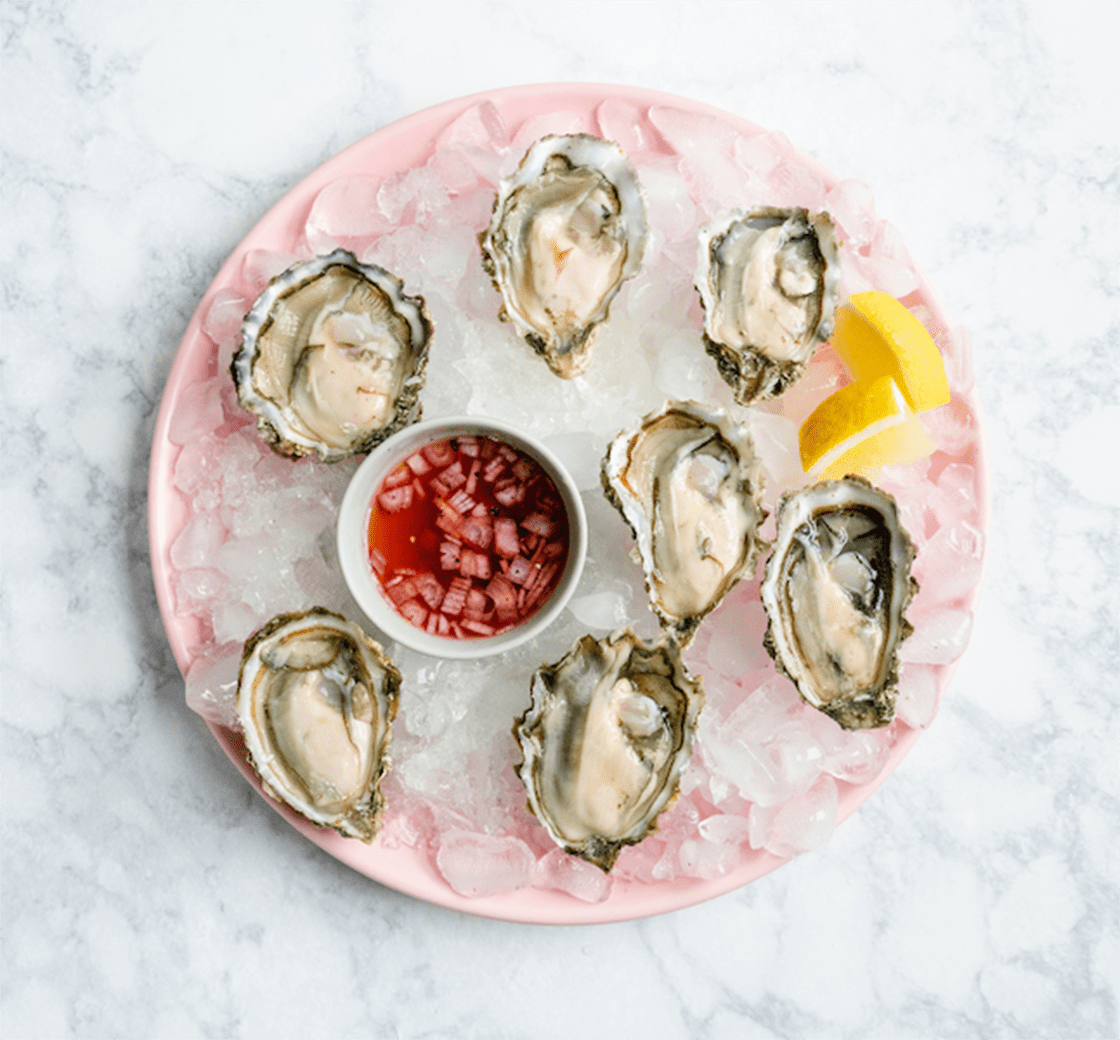
The lush, green Pacific Northwest is famous for its wild salmon, oysters and beers, but that's just the tip of the gastronomic iceberg. Its forests are home to mushrooms and berries that turn up in countless recipes. Cedar planks become grilling beds for fish, meat and vegetables, imparting them with the unmistakable flavor of the Northwest. You will learn how to use these techniques and ingredients to make: Pacific oysters with mignonette; pan seared salmon with crispy skin and blackberry sauce; sautéed mushrooms and herbs; salt-and-vinegar potatoes; and kale, hazelnut and goat cheese salad. You will enjoy those with a selection of wines from the region.

You will work in teams to execute the class menu. At the end of class, participants gather to enjoy the food they have prepared. Wine is served with meals in most classes. All class menus are subject to change. While a snack platter is offered in both morning and evening classes, you may want to consider a light snack before joining us for class. Students are encouraged to bring a light lunch or dinner to all pastry classes.

You will work in teams to execute the class menu. At the end of class, participants gather to enjoy the food they have prepared. Wine is served with meals in most classes. All class menus are subject to change. While a snack platter is offered in both morning and evening classes, you may want to consider a light snack before joining us for class. Students are encouraged to bring a light lunch or dinner to all pastry classes.
If you're looking to spend more than a few hours at a recreational class but don’t have the time or the investment for the full-blown professional track, we’ve designed this course especially for you. In this 13-lesson program, you will cover the foundations of the culinary arts, training you to be an accomplished cook. These classes are derived from the same core curriculum as ICE’s culinary career program and will be taught by the school’s top chef-instructors. Throughout the 13 lessons, you will gain a strong understanding of cuisine and its underpinnings.
Have you ever wondered how to make the buttery, flaky brioche loaves and croissants found at fancy bakeries? This class will show you how. During Day 1 of this two-day workshop, you’ll learn how to see the process through, from creating the dough to letting it rise to shaping your own luscious baked goods. On Day 2, you'll complete a menu of: brioche à tête (brioche in the classic fluted, top knotted shape); pain au raisins; classic croissants; almond croissants; chocolate croissants; and croissant monkey bread.
This four-session continuation of the Wine Essentials series offers in-depth exploration and tastings of some of the world’s more interesting and unusual wines. Studies will include an expanded array of lesser-known varietals and wines, as each class concentrates on one wine category and delves into the wines’ production, characteristics and uses, including discussions of food and wine pairing. Session 1: Advanced White Wines: Side-by-Side Tasting of Interesting Aromatic and Fruity Wines. Session 2: Advanced Red Wines: In-Depth Comparison of Selected Wines From Old and New World Regions. Session 3: Off-Dry to Sweet: Exploration of Elegant Rieslings to Cru Classé Sauternes. Session 4: Fortified and Aromatized Wines With Wine Service: Fascinating Wines, From Vermouths and Sherries to Madeiras and Portos.
Ranked as America’s Best Culinary School (USAToday 2019), our roster of Chef-Instructors have run top kitchens around the globe.
| (Separate multiple addresses with commas like: john@aol.com, jane@aol.com) | |